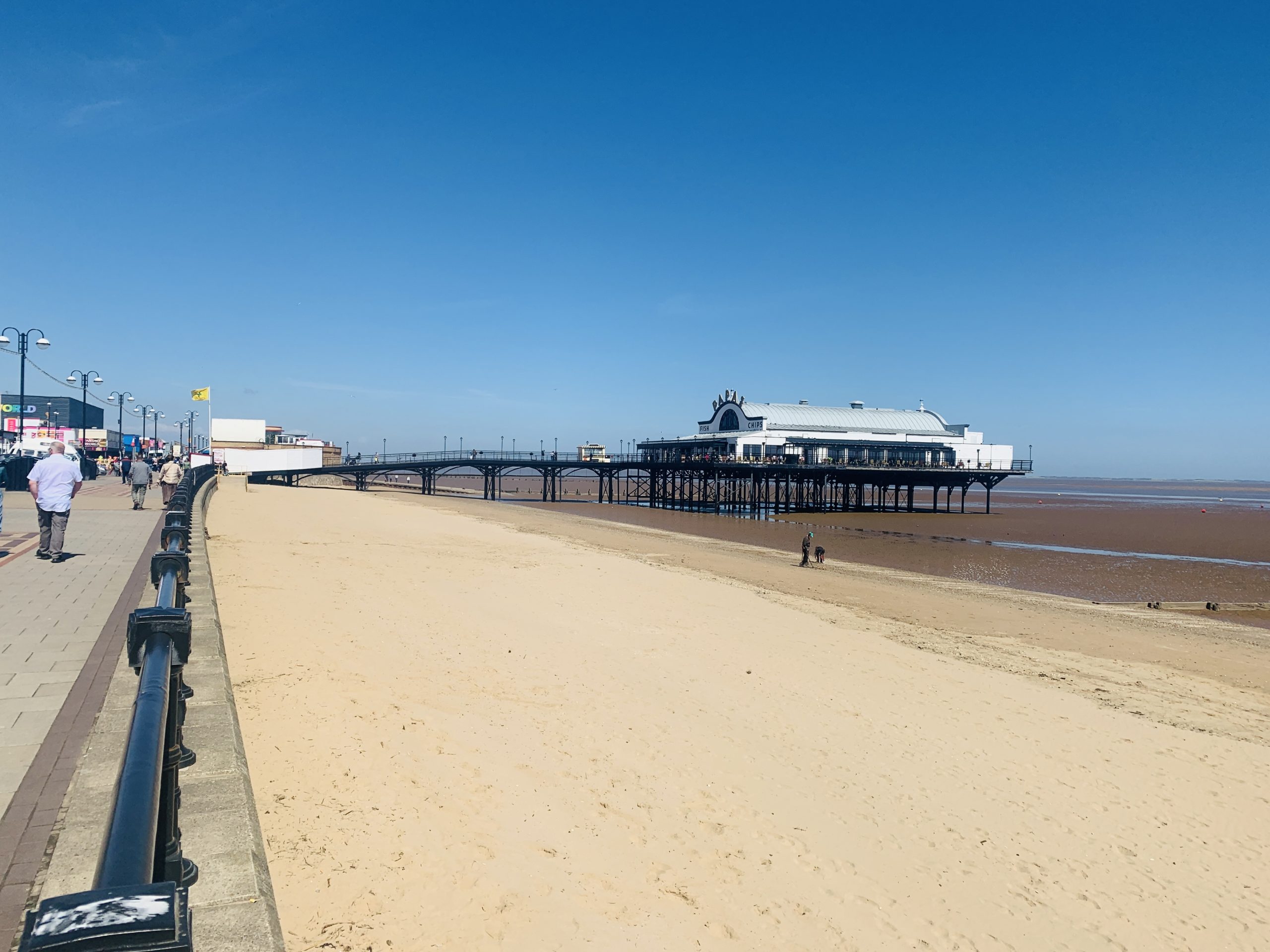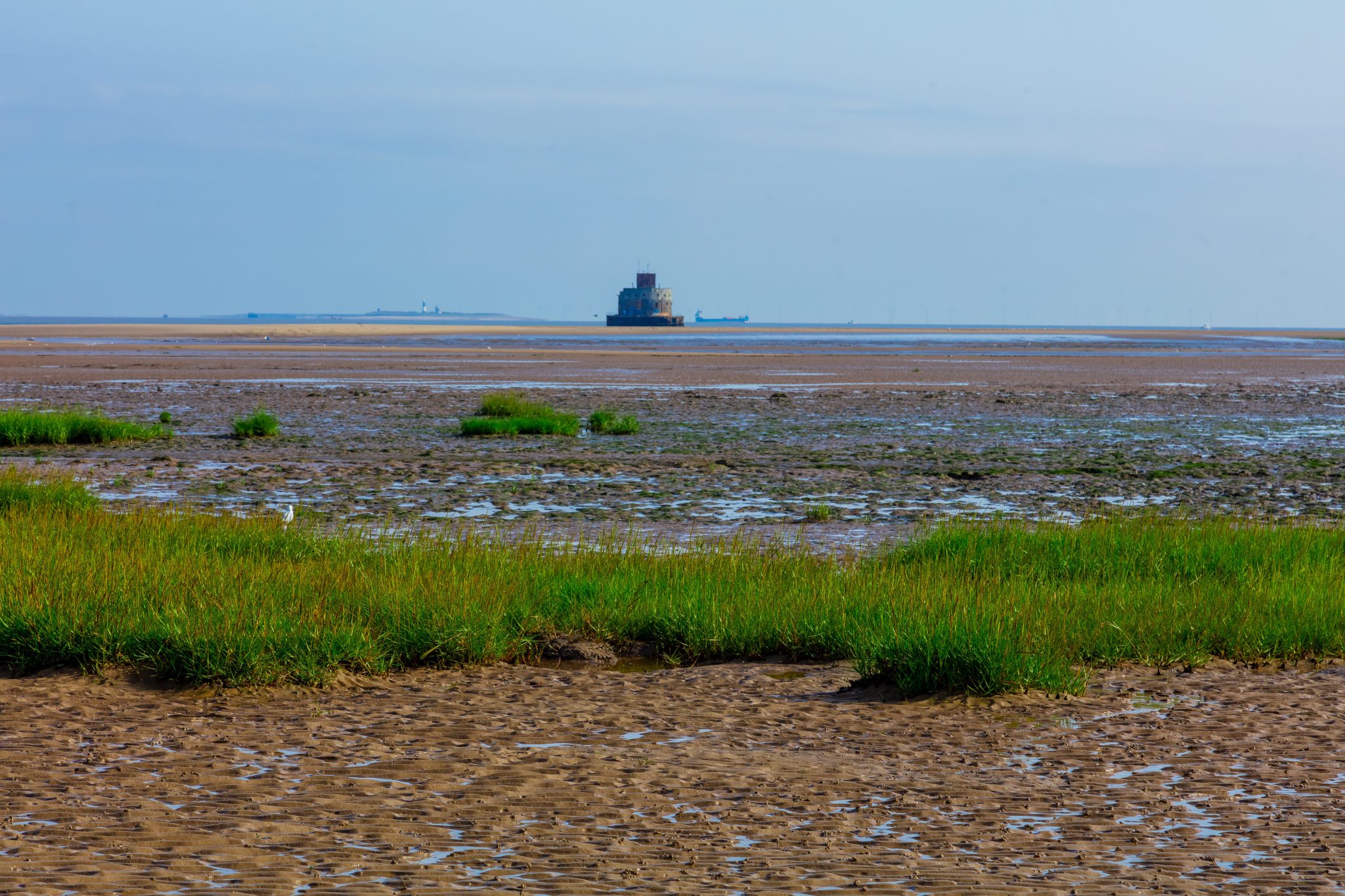“We have listened to people’s concerns and want to come up with a solution that works for everyone.”
This is the message from council leader Philip Jackson to the metal detecting community, who have expressed disquiet over restrictions to their hobby on Cleethorpes beach.
As recently reported in the media, all of North East Lincolnshire’s coastline is protected by SSSI (Site of Special Scientific Interest) status, which covers the Humber Estuary, and as such, the council announced the introduction of Public Space Protection Orders (PSPOs) to cover it, making it an offence to use a metal detector without prior permission and therefore subject to a possible fine.
Coun Jackson said today: “The metal detecting community have expressed concern and provided feedback in recent days, and this has been listened to. We recognise that this issue is a controversial one and we want to come to a compromise that suits everyone – and protects the natural habitat the SSSI encompasses.
“Following discussions with Natural England this week, we have submitted a proposal to the body to trial a free metal detecting permit scheme on the section of Cleethorpes beach, from the leisure centre up to the rock groyne at Wonderland on North Prom.
“It is important that we do what we can to protect the unique environment of the SSSI, but we do want to take positive steps forward to resolve the detectorists’ concerns. As such, Natural England has said it will consider our proposal, which could lead to a permanent solution.
“The permit trial will apply only to the stretch of beach outlined above, and restrictions will remain in other areas. Those who have already contacted the council to register interest will be contacted once the permit system is in place. In the meantime, no enforcement action will be taken against metal detectorists.”

